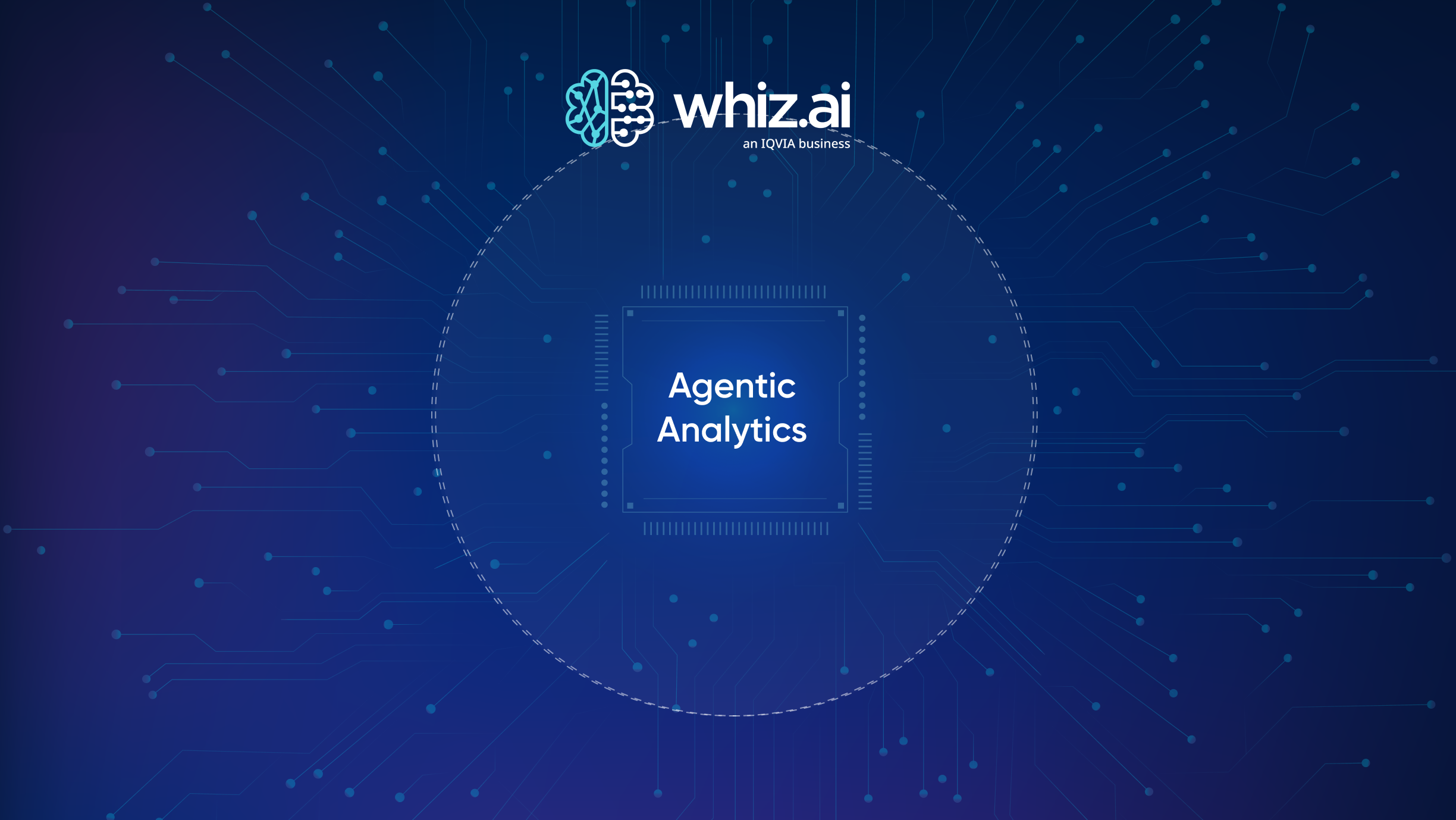The Art of Data Storytelling: Amol’s Creative Approach to Analytics


Amol Amale gained a great deal of theoretical knowledge of Statistics and machine learning while earning his master’s degree, and he wanted to make the best use of it. His role as a machine learning (ML) engineer at WhizAI has given him the opportunity to move beyond making artificial intelligence (AI) work for analytics to solving problems with data storytelling.
WhizAI is a generative AI platform for life sciences that makes data analytics insights easily accessible to business users. They ask questions in natural language, and the platform understands, can analyze billions of data points in less than a second, and responds with accurate, contextual insights. WhizAI makes self-service analytics possible, decreasing users’ dependence on their IT and data teams and decreasing the time to insights from weeks or months to just a few seconds.
This speed and ease of use leads to greater user adoption than with traditional business intelligence (BI) tools and allows life sciences users in the C-suite, data team, and commercial teams, including sales, marketing, market access, and patient services, to get the information they need on demand to improve business outcomes.
Domain Knowledge Is the Key to Data Storytelling
Amol points out that enhancing WhizAI’s life science-specific analytical capability required a deep understanding of the life sciences domain – which he needed to gain in his first two years with the company. He used that time to familiarize himself with common life sciences data sources and the types of data life sciences businesses relied on for analysis while lending his statistical and machine learning expertise to projects.
He also learned the problems businesses in the domain faced and began applying his theoretical knowledge to real-life scenarios to solve them. He had the opportunity to work on solutions for WhizAI customers, combining domain knowledge with machine learning techniques.
“To solve problems, you have to understand the domain,” he comments. “Working at WhizAI has allowed me to improve my analytical thinking and deliver the value our customers are looking for.”
He adds, “Data science isn't just about applying machine learning and statistical algorithms on the data. It's also about presenting and explaining results in a clear and simple manner, enabling everyone to use the information for practical decision-making.”
For example, a new WhizAI feature in development is Predictions, which will allow business users not only to see what has occurred in the past or to understand the current state but also to anticipate future performance, trends, and risks. “You could create a model that makes predictions,” Amol points out, “ but without knowledge of the domain and the customer’s challenges, you won’t solve the complete problem. It takes a combination of machine learning expertise and a clear understanding of the use case, along with domain knowledge”
Becoming Part of a Team and a Growing Company
In addition to giving Amol the opportunity to use theoretical knowledge in real-world scenarios, WhizAI also introduced him to working with a global team.
“We define the problem, and everyone brings their own thoughts to the table,” he says. “Then, we work together as a team to decide which is the best solution to the problem.”
Amol and his colleagues continue to work to expand WhizAI’s capabilities, meet users’ needs, and deliver domain-specific insights and data storytelling, using both their data science expertise and understanding of life sciences use cases.
“It’s been a great place to start a career in data science and analytics,” he says. “I’ve gained experience I wouldn’t have had anywhere else. It’s been really good for me.”
“Realizing True Machine Learning or Data Scientist Role”
In my 3.5 years at WhizAI as a machine learning engineer, I've learned that the primary role of a machine learning engineer or data scientist isn't solving machine learning problems. Instead, their true responsibility is to solve real-world problems effectively by applying machine learning and statistical techniques. It's also about presenting and explaining results in a clear and simple manner, enabling everyone to use the information for practical decision-making. A true data scientist should know when to use a screwdriver and when to use a hammer while solving business problems and applying machine learning techniques to data.


Subscribe to our blog








.png)






.avif)



.png)